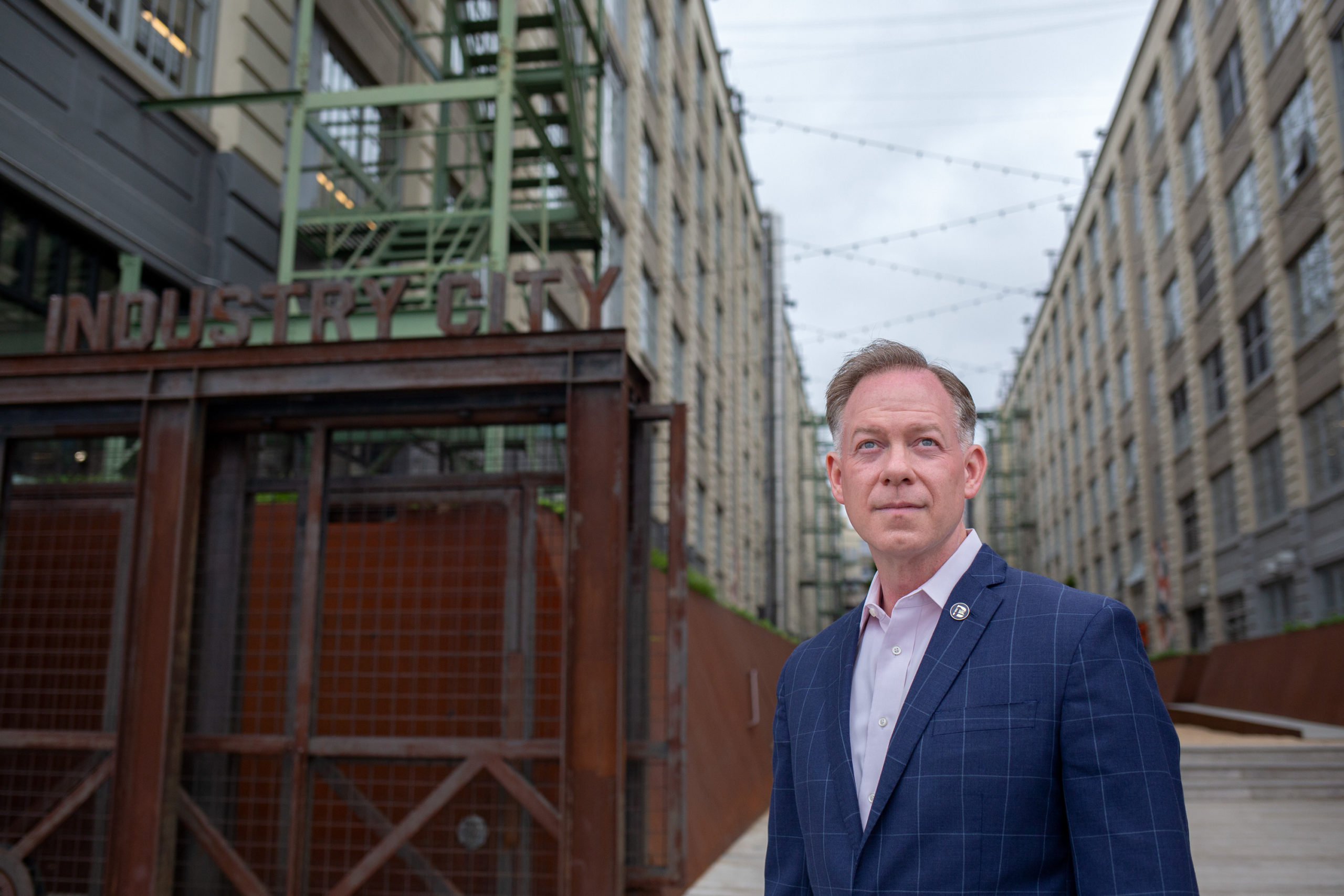Mixing Where New Yorkers Live and Work Just Might Gain Traction
Economic leaders are grappling toward breakthrough ideas for how to reboot the city for a post-pandemic world. An Adams-Hochul panel promises concrete plans by October.

 This article was originally published on by THE CITY.
This article was originally published on by THE CITY.
Last year, Randy Peers moved the Brooklyn Chamber of Commerce from the 27th floor of an office tower in Downtown Brooklyn, where it had been located for 100 years, to the sprawling Industry City complex on the Sunset Park waterfront.
He knew that in the post-COVID world, a traditional office high up in a skyscraper wouldn’t help him attract the talent he needed to make the Chamber thrive. But Industry City offered an electric mix of small manufacturers, creative companies, the Brooklyn Nets’ practice gym, and a wide variety of unique retailers, food purveyors and cultural outlets.

Brooklyn Boro
View MoreNew York City’s most populous borough, Brooklyn, is home to nearly 2.6 million residents. If Brooklyn were an independent city it would be the fourth largest city in the United States. While Brooklyn has become the epitome of ‘cool and hip’ in recent years, for those that were born here, raised families here and improved communities over the years, Brooklyn has never been ‘uncool’.